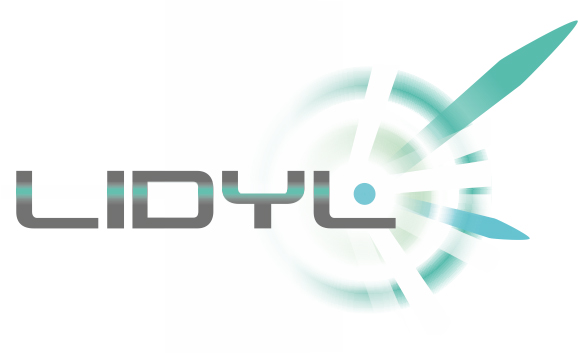Generation of entanglement using a short-wavelength seeded free-electron laser
Résumé
Entanglement between massive particles is a purely quantum mechanical phenomenon with no counterpart in classical physics. Although polarized photons are suitable for applications of quantum entanglement over large distances, fundamental studies of entanglement in massive objects are often conducted for confined quantum systems, such as superconductors, quantum dots, and trapped ions. Here, we generate entanglement in a novel bipartite quantum system containing two massive objects: a photoelectron, which is a free particle propagating rapidly in space, and a light-dressed atomic ion with tunable coupled energy levels. Because of the entanglement, the measured photoelectron spectra reveal information about the coherent dynamics in the residual ion interacting with femtosecond extreme ultraviolet pulses delivered by a seeded free-electron laser. The observations are supported by a quantum optics based analytical model, which was further validated by numerical simulations based on the time-dependent Dirac equation. The degree of entanglement between the two objects is interpreted in terms of the entanglement entropy of the reduced system, as a function of the interaction time between the laser pulse and the dressed ion. Our results uncover the potential for using short-wavelength coherent light pulses from free-electron lasers to generate entangled photoelectron and ion systems for studying `spooky' action at a distance across ultrafast timescales.
Domaines
Physique Quantique [quant-ph]| Origine | Fichiers éditeurs autorisés sur une archive ouverte |
|---|---|
| licence |




